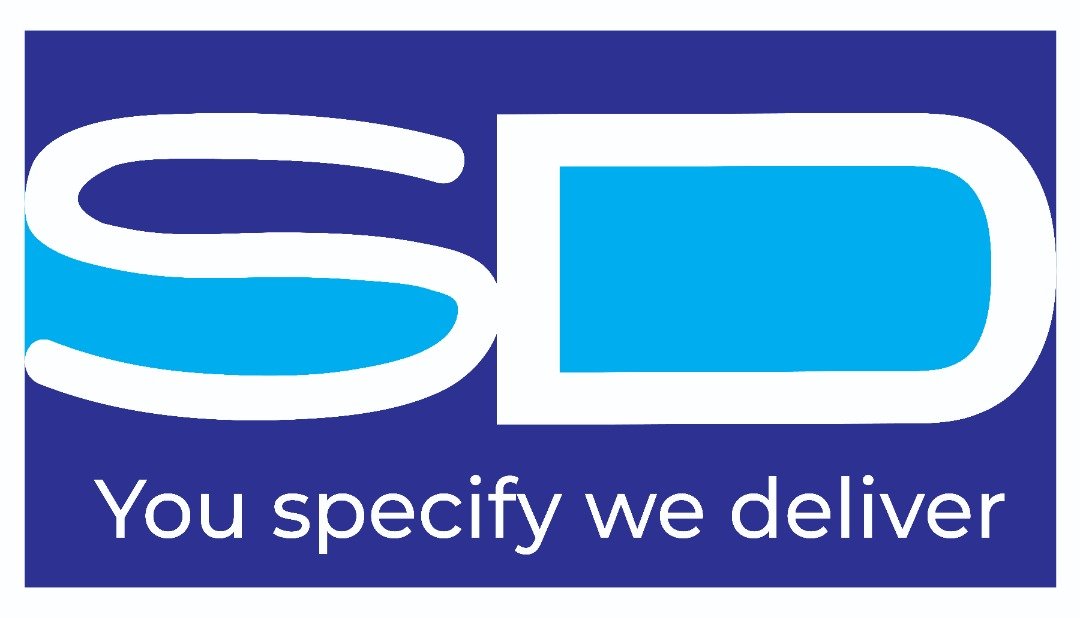CONTROL room
With our 24/7 security control room, you can trust that your assets and personnel are being monitored by the best in the business.
space • control
A control room is a centralized location where various systems and processes are monitored and managed. This can include physical systems such as power plants, manufacturing facilities, and security systems, as well as digital systems such as websites and online platforms. The control room is typically staffed by operators who monitor the systems, make adjustments as needed, and respond to any alarms or issues that arise.
At SD Advance Solutions, we understand the importance of keeping your online and physical experience secure. That’s why our state-of-the-art security control room is always on watch, ready to respond to any potential threat and keep your information safe.
What happens in a control room?
A control room sits at the heart of any security installation, bringing together video surveillance, access control and fire control into one room. It serves as a central space where a large physical facility or physically dispersed service can be monitored and controlled by the controllers.
What is the purpose of control room?
A control room’s purpose is production control, and serves as a central space where a large physical facility or physically dispersed service can be monitored and controlled.
What should be in a control room?
Easy access to monitors, mouses, and keyboards should be a primary goal, and data should be displayed so that operators can see all the information clearly without obstruction. An efficient work environment will establish a smooth workflow, and this comes directly from the room’s layout.
What is the advantage of control room?
The key benefit of having a security control room is the improvement of security, incident detection through continuous monitoring, analysis of activity and assisted mitigation of further incidents.
What are the two types of control rooms?
- Stationary Control Rooms
- Modular Control Rooms
What is control room monitoring?
A control room is usually a facility within a specific site, such as an office building or large business complex, where the day-to-day operations are monitored within the site by close circuit television, internal alarm systems and site-specific security devices.
How can I improve my control room?
Here are the 3 Key Considerations that are essential to increasing control room productivity:
- Ergonomic Control Room Consoles
- Centralized Visualization and Video Wall Management
- Automation and Unattended Monitoring
How It Works
To ensure the smooth and efficient functioning of the systems being monitored, as well as to provide quick and effective responses to any problems that may arise.
Assess their needs
Determine the client’s specific requirements for the control room, such as the type of systems that need to be monitored, the number of personnel required, and the physical space requirements.
Evaluate technology options
Recommend and evaluate various control room technologies, such as monitoring and management software, displays, and communication systems, to ensure that the client has the right tools for their needs.
Design the control room
Work with the client to design the physical space of the control room, including the layout, furniture, and technology. Ensure that the space is ergonomic, secure, and conducive to effective monitoring and management.
04
Install and configure systems
Install and configure all of the necessary systems and technologies, including monitoring software, displays, and communication systems. Ensure that the systems are properly integrated and that personnel are trained on their use.
05
Test and fine-tune
Conduct testing and fine-tuning to ensure that the control room is functioning properly and that personnel are comfortable using the systems. Address any issues that arise and make adjustments as needed.
06
Provide ongoing support
Provide ongoing support to the client to ensure that the control room continues to function effectively over time. This may include ongoing training, software updates, and maintenance services.
